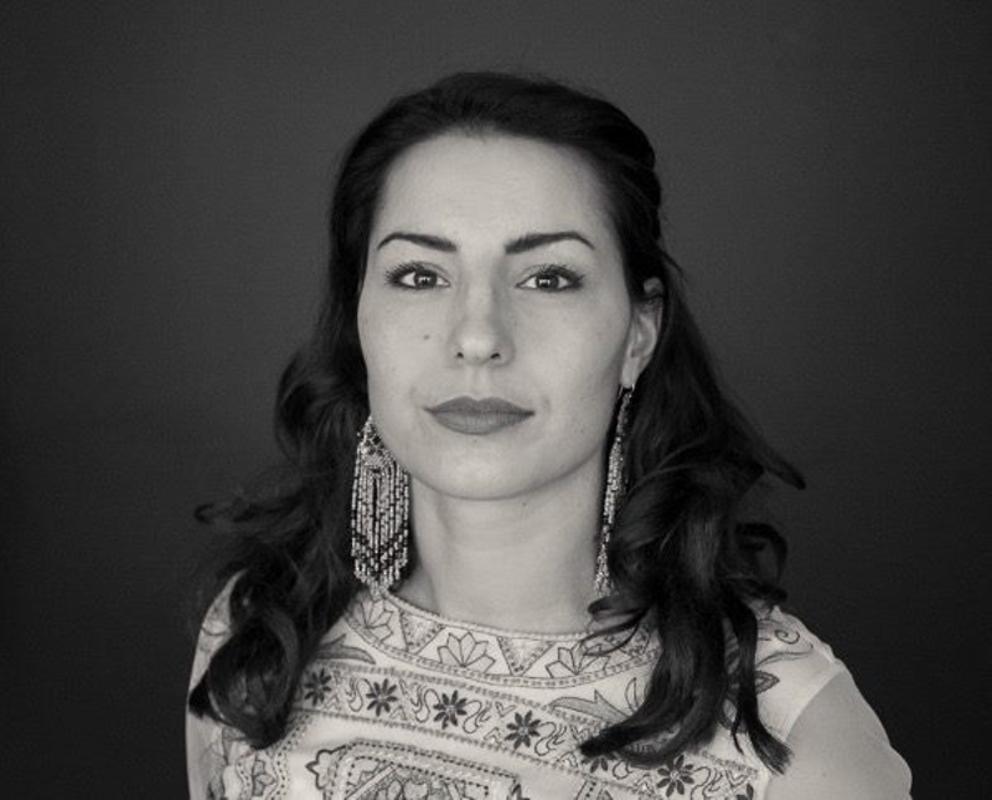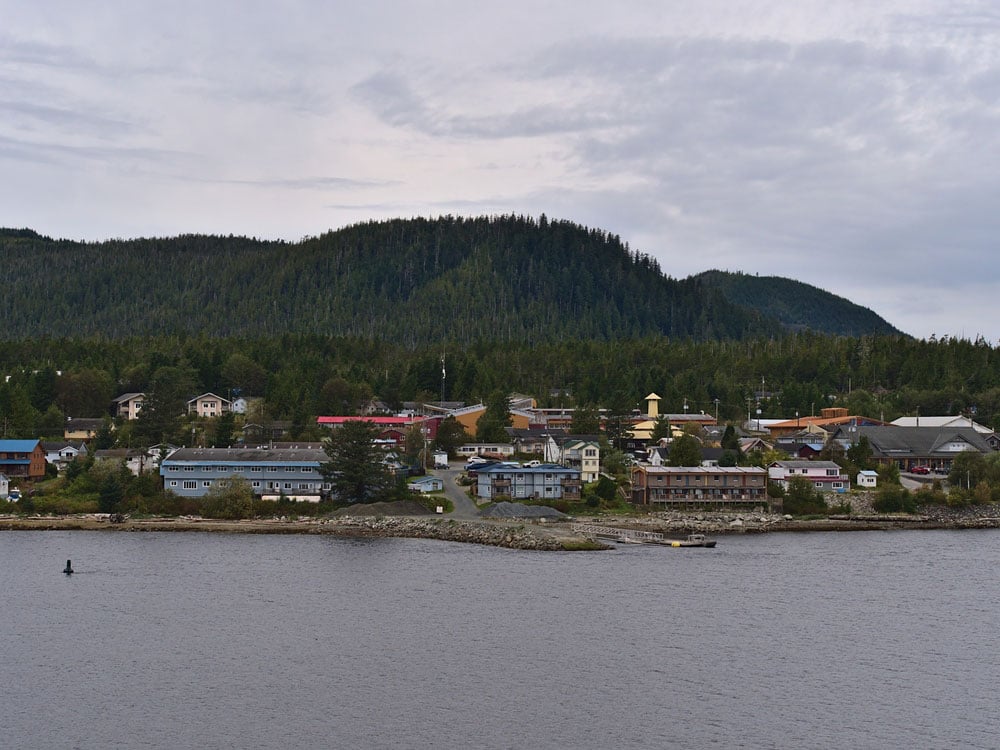Home is where the heart is. It is where life begins. Home should be a place of safety, love, health, security, happiness and respect in kinship with one another. But housing in so-called Canada is anything but what a home should be.
Canada’s government-funded housing system has interfered with customary Indigenous practices. It starts at the very beginning of life, when Indigenous women are sent to hospital to give birth through westernized medicine practices. In the process, they are often stereotyped — resulting in birth alerts that lead to unreasonable child apprehension.
As an Indigenous person who grew up in the public housing system in the Northwest Territories, I know all too well this system of oppression. I was apprehended as a child and almost became a permanent ward of the system because child welfare policies deemed my grandma’s house unsuitable. This was because my extended family lived together in a one-bedroom apartment. So, I remained in care in a basement of a foster home.
It’s about time the term “overcrowding” looked at through an Indigenous lens. Overcrowding is often blamed for inadequate housing conditions but it’s not the real issue. It’s the way in which housing units are built that is the real problem.
My role as the co-chair of the national Indigenous feminist housing working group Keepers of the Circle recently brought me overseas. I raised the alarm about Canada’s violations when it comes to inadequate housing conditions, particularly in the North. According to the 2016 Statistics Canada census, more than one in three First Nations adults residing in remote or northern communities live in need of major housing repairs.
These rates were highest for Inuit in Inuit Nunangat, at 31.5 per cent, and First Nations people living on reserve, at 44.2 per cent. To compare, only six per cent of the non-Indigenous population were recorded as living in a home in need of major repairs. As with environmental injustice, decrepit housing units are often found in Indigenous communities.
Housing corporations are not factoring in the importance of cultural lifestyles. Before colonization, Indigenous Peoples lived together in close quarters with all their family members — aunts, uncles, grandmothers and grandfathers. Government housing polices call this overcrowding. But if we look closer, it’s actually a part of a larger support system whereby families come together to help each other, and everyone has a role to play. What western housing has done is essentially separate families. Indigenous-led housing works to reunify families and communities.
Indigenous led-housing can help support Bill C-92, An Act Respecting First Nations, Inuit and Métis Children, Youth and Families, as well as meet Canada’s promises in response to the Truth and Reconciliation Commission's Calls to Action, the United Nations Declaration on the Rights of Indigenous Peoples and the final report of the National Inquiry Into Missing and Murdered Indigenous Women and Girls. These important documents mention the need for housing security to increase safety nearly 400 times, yet the federal government has not supported Indigenous-led housing initiatives.
My guess is that it’s because this would result in a loss of power and control over Indigenous people if we were to express our inherent sovereignty. Before colonization, we lived sustainably, before public housing was created. The National Housing Strategy Act recognizes for the first time in legislation in Canada “that the right to adequate housing is a fundamental human right affirmed in international law.” Yet the NHSA still violates the cultural components of Indigenous Peoples’ ways of living by not actively putting Indigenous Peoples’ concerns at the forefront and not following through on reform of the broken housing system.
The Urban, Rural and Northern Indigenous Housing Strategy is the only real solution. This strategy is what most Indigenous communities support because it was created by Indigenous Peoples for Indigenous Peoples. It involves Indigenous organizations such as the Aboriginal Housing Management Association, which understands the importance of Indigenous-led housing offering wrap-around support services that are culturally relevant.
However, the recent federal budget invested only $300 million over five years to co-develop and launch the urban northern strategy. This is far short of the $7 billion over 10 years the AHMA requires to get it off the ground.
Inadequate housing is a slow genocide. For example, the long-term health impacts of mould can be deadly. As one health expert puts it, “without adequate ventilation these houses are like living in a plastic bag.” However, there is a lack of local-level data on vital health indicators for people living in inadequate housing conditions in northern communities where the prevalence of mould is most prominent.
Indigenous-led housing can also help to reduce greenhouse gases. Building sustainable housing infrastructure could mean giving up unaffordable diesel dependence — the primary home-heating fuel across the North.
Because so many homes have mould, it doesn’t make sense to retrofit these dilapidated housing units sinking into the ground from melting permafrost. Instead, new housing units should be constructed with sustainable materials that require minimal maintenance. Or go off-grid and use sustainable renewable energy sources that will allow housing tenants to live carbon-neutral and help to alleviate poverty.
Not having to pay the high cost of electricity bills in the cold winter months is a win-win solution. It leaves a small environmental footprint and aligns with Indigenous principles for living in harmony with nature rather than against it.
Providing a place one can truly call home, surrounded by family in a safe, healthy environment, should be viewed as a reclamation of sovereignty as part of the Land Back movement. There is an immediate need for recognition of Indigenous culture within the housing system to move toward true reconciliation.
Canada also needs to follow through on Indigenous legal orders — the pre-colonial Indigenous legal system — under the provisions of UNDRIP to find ways of creating a “braiding” of laws at the national and international level that will recognize Indigenous rights at a government-to-government level. ![]()
Read more: Indigenous, Rights + Justice, Federal Politics, Housing
















Tyee Commenting Guidelines
Comments that violate guidelines risk being deleted, and violations may result in a temporary or permanent user ban. Maintain the spirit of good conversation to stay in the discussion.
*Please note The Tyee is not a forum for spreading misinformation about COVID-19, denying its existence or minimizing its risk to public health.
Do:
Do not: